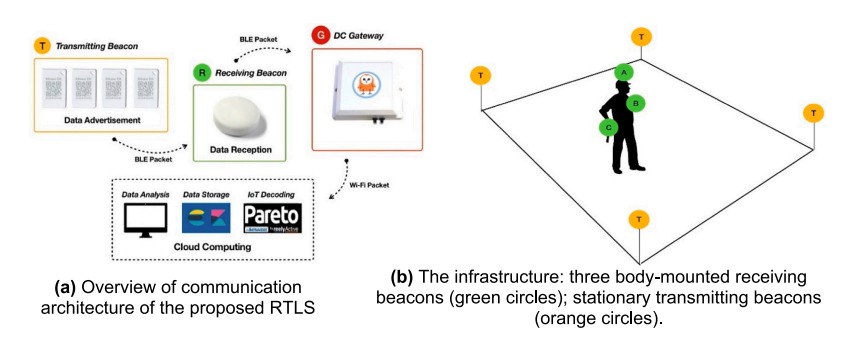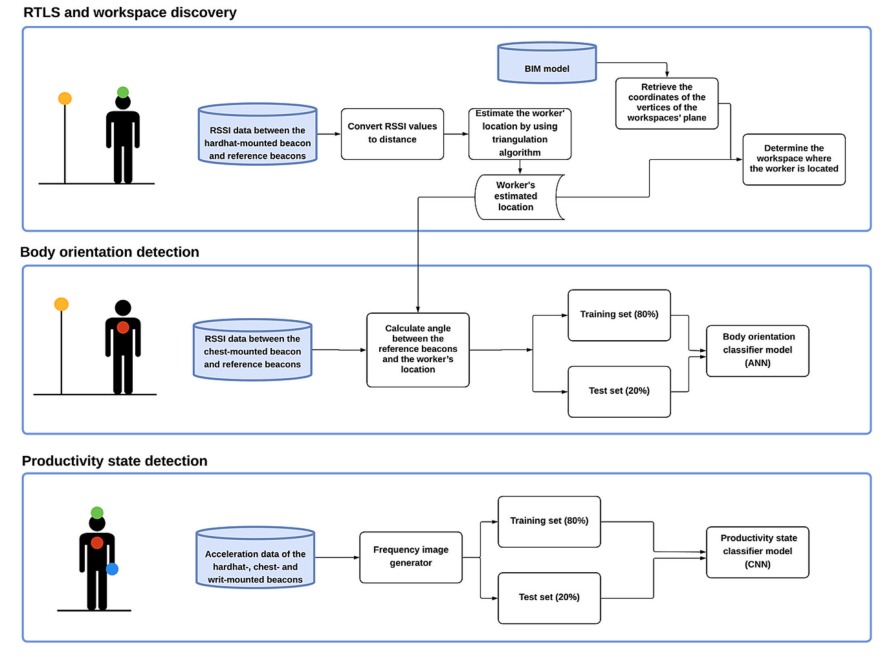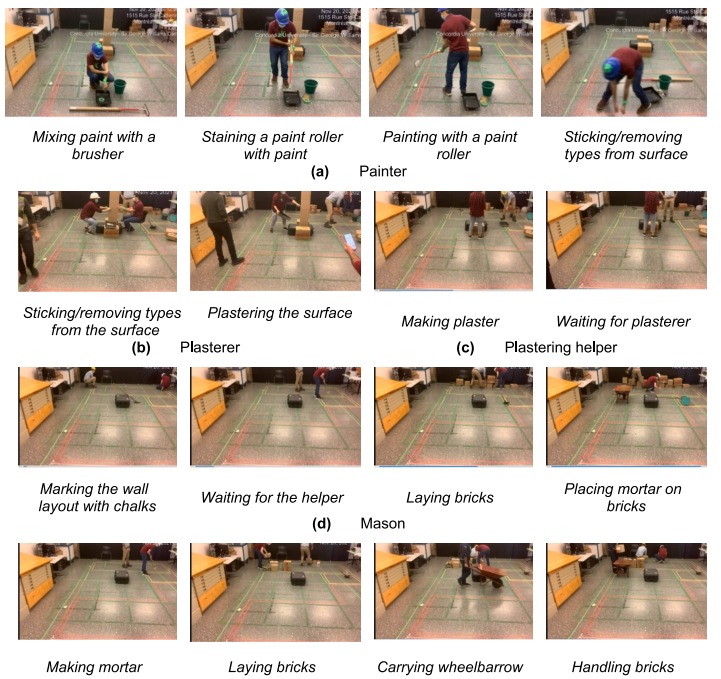A new paper, authored by Mohammadali Khazen, Mazdak Nik-Bakht, and Osama Moselhi, introduces an innovative system for indoor construction sites, designed to simultaneously track workers’ locations, body orientations, and productivity states. The system, which integrates Real-Time Locating System (RTLS) data with a 4-Dimensional Building Information Model (BIM), employs three modules: workspace discovery, body orientation detection and productivity state identification.

The workspace discovery module maps workers’ locations onto the BIM, enhancing workspace management. The body orientation module, using Bluetooth Low Energy (BLE) beacons, identifies workers’ field of view, while the productivity state module leverages accelerometer data from body-mounted beacons to classify workers’ activities into direct work, support work, or idle states.

Experimental results demonstrate the system’s efficacy in laboratory settings, with orientation detection showing a mean error of less than 30° over eight minutes and productivity state identification achieving an average error of 14% and a maximum of 20%. These findings underscore the system’s potential to improve on-site management by providing real-time insights into workers’ activities, thereby addressing the limitations of manual observation methods.

The integration of RTLS with BIM and the innovative use of sensor data for orientation and activity classification represents a significant advancement in the field of construction site management, offering a promising tool for enhancing productivity and safety on indoor construction projects.